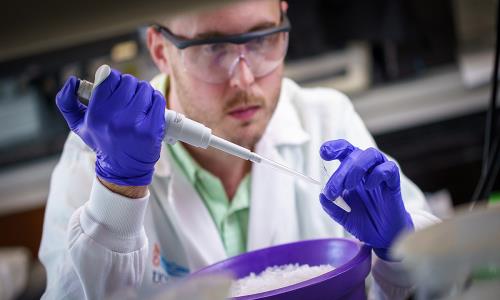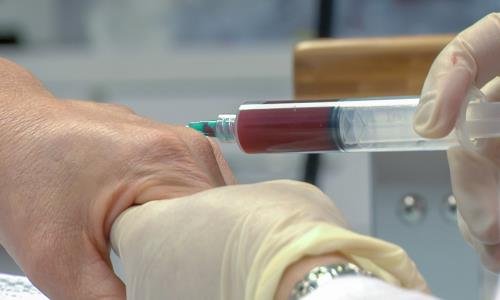Bioresource technology is an emerging field in which researchers work with plants, cells, genes, and microorganisms. These resources have the potential to solve many of society’s problems, such as food shortages and global warming.
The journal publishes original articles, review articles, case studies. Short communications on the fundamentals, applications and management of bioresource technology. It also includes articles on waste treatment, bioenergy, and biomass systems analysis.
Bioresource Technology Biofuels
Biofuels are bio-based transportation fuels that can help reduce dependence on fossil fuels and mitigate climate change. They are also expected to offer social and economic benefits, such as reducing energy costs and boosting rural development.
Despite their potential, there are several concerns about the future of biofuels. Such as competition with food production and land-use change (LUC) from feedstock production. Moreover, they may contribute to acidification, eutrophication and biodiversity loss, as well as increase water use.
There are many factors that influence GHG emissions from biofuel production. Including the selection of feedstocks, the allocation method and the processing of the fuels. Moreover, some studies show that emissions can be reduced by using other feedstocks or by changing the allocation method.
Bioresource Technology Biochemicals
Bioresource technology is an important and dynamic field, advancing the development of bioenergy and chemical conversion technologies fed by renewable resources. It also includes the processing, utilization, and conservation of biological wastes as well as the development of biological products and biotechnologies.
The use of biochemical conversion processes for the production of value-added chemicals and fuels is becoming more widespread, owing to their low energy consumption and high conversion rates. However, these processes are still susceptible to a variety of constraints, including the need for specialized raw materials and non-continuous fermentations.
A key barrier to the commercialization of synthetic biology-based routes towards chemicals and fuels is the need for cost competitiveness. Hence, the selection of easily separated and commercially viable high-value biomolecules is essential to tipping the balance of microbial bioproduction strategies toward commercial viability.
Biomaterials

Biomaterials are a form of tissue engineering, which means they use biology and chemistry to create new materials that can be used for the repair or replacement of tissues and organs. These materials are often made to resemble the cells and structures that need repair, such as bone, skin, or blood vessels.
They are also sometimes engineered to have special properties, such as being able to promote healing or prevent infection. This is called biocompatibility, and it is very important when a material is implanted into the body.
The biocompatibility of a material must be assessed before it can be used to treat patients. This is done by analyzing the surface of the material or studying its interaction with the body’s immune system.
Biomaterials are currently a major part of regenerative medicine, which is the field of research that explores new ways to repair damaged organs and tissues. They can be used to create new bone, blood vessel, or nerve connections.
Regenerative medicine

Regenerative medicine aims to restore and replace organs, tissues or functions lost due to disease, injury or congenital defects. The field uses cellular therapies, medical devices and artificial organs to prompt the body’s natural healing process.
During the regeneration process, new tissue grows and can become fully functional. This may be done by adding powerful growth factors to the body or by modulating the immune system in a way that encourages cell survival and function.
A number of regenerative therapies are now being used to treat conditions such as skin ulcers and sports injuries that have damaged the cartilage in the knee. These products have received FDA approval and are commercially available for patients.
Regenerative medicine is an emerging field that brings together a variety of disciplines, including biology, chemistry, engineering, genetics and medicine. Scientists from these fields are using regenerative medicine to find solutions for some of the world’s most challenging health problems. It is a rapidly growing field that will have an impact on the world of science and medicine.





















[…] Bioresource Technology […]